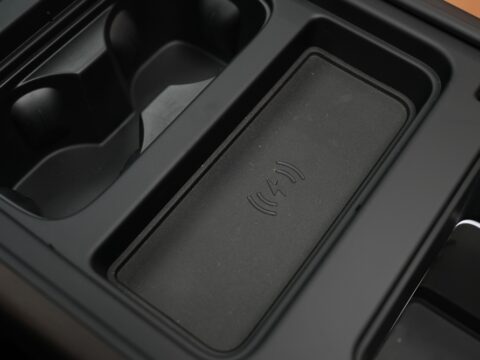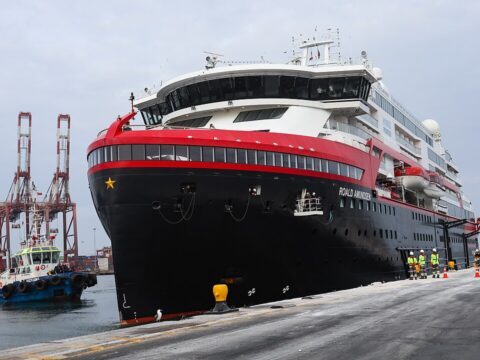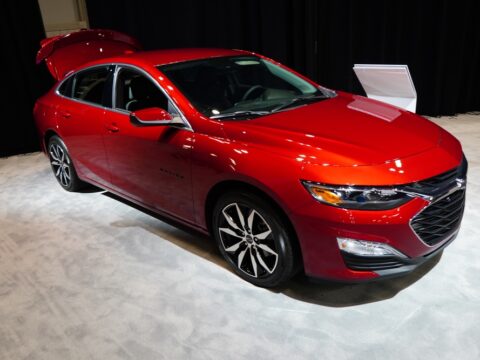Decommissioning military ships earlier than planned can happen for various reasons, from budget cuts to technical issues. In this article, we explore 12 notable military ships that faced early retirement. Each ship has a unique story, highlighting the challenges and decisions that led to their decommissioning.
Contents
USS Enterprise
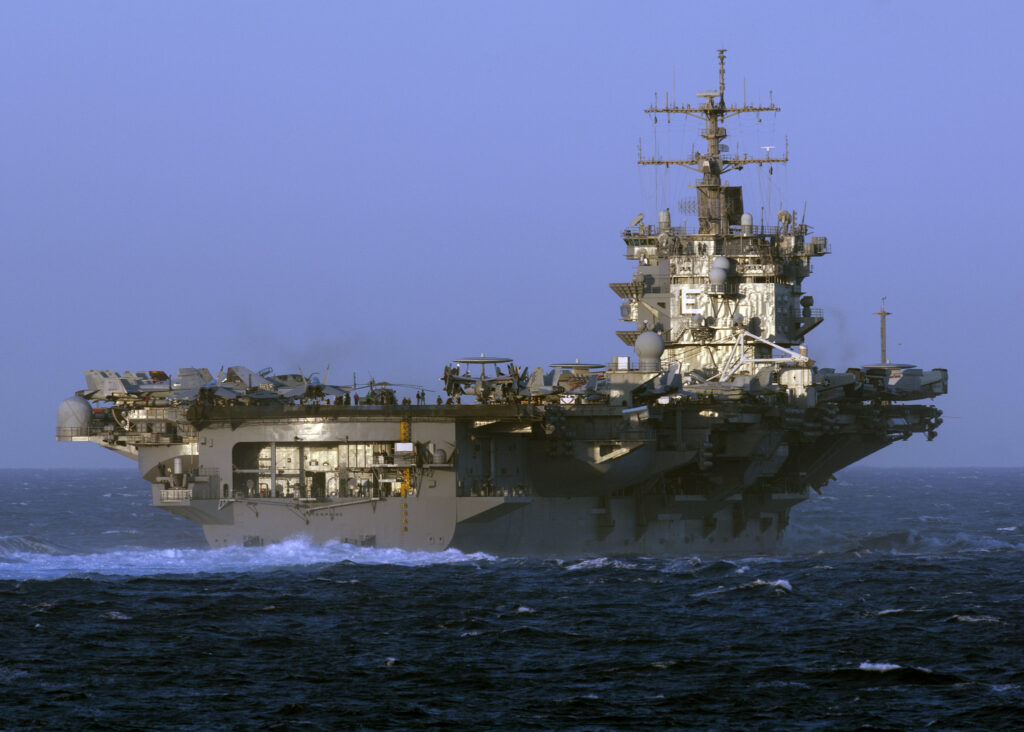
The world’s first nuclear-powered aircraft carrier, USS Enterprise (CVN-65), was decommissioned in 2012, cutting its service life shorter than many had expected. The high costs associated with maintaining and refueling its nuclear reactors were significant factors in this decision. Additionally, budgetary constraints and the vessel’s aging systems contributed to its early retirement.
HMS Invincible
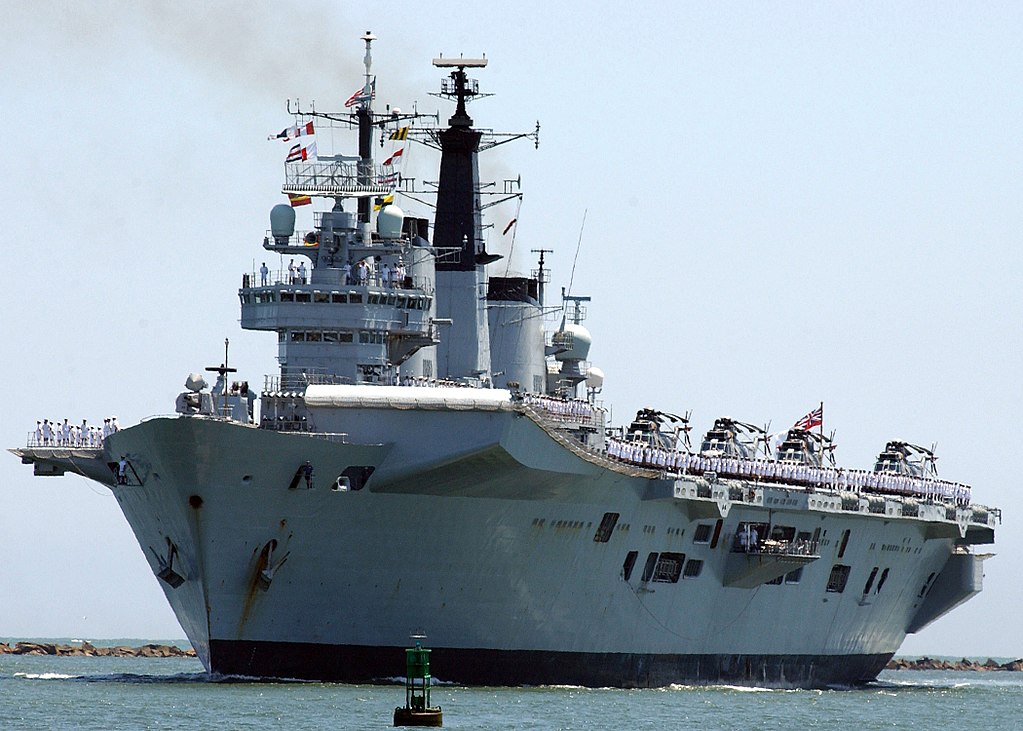
Commissioned in 1980, HMS Invincible (R05) was decommissioned by the Royal Navy in 2005, earlier than originally intended. Budget cuts and a strategic shift towards newer vessels prompted this decision. Although it had an impressive service record, including a crucial role in the Falklands War, the costs of upkeep became prohibitive. The move to retire Invincible reflected the changing priorities within the Royal Navy.
USS John F. Kennedy

Decommissioned in 2007, the USS John F. Kennedy (CV-67) saw an earlier retirement than planned. Rising operational and maintenance costs for older, non-nuclear carriers significantly influenced this decision. The U.S. Navy’s transition to an all-nuclear carrier fleet also played a crucial role. Despite its shortened service life, the Kennedy was notable for its operations during the Gulf War.
HMS Ark Royal
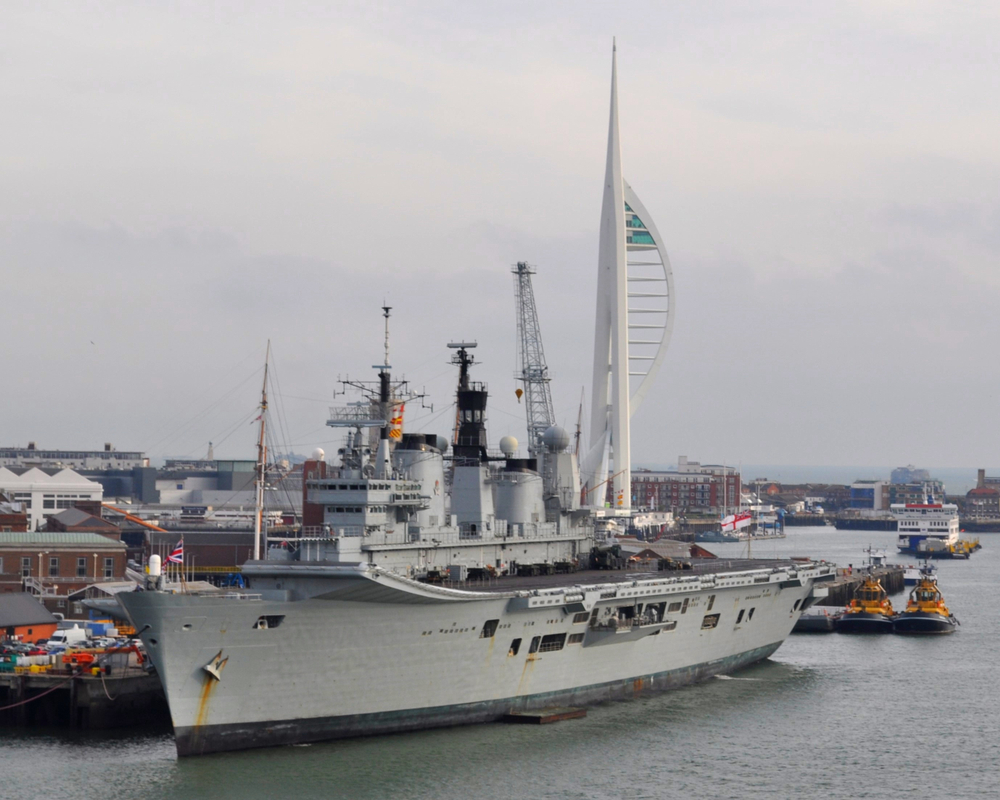
HMS Ark Royal (R07) was decommissioned in 2011, well ahead of its expected service lifespan. Significant defense budget cuts and a strategic shift towards different naval capabilities were primary factors in its early retirement. Commissioned in 1985, Ark Royal had to make way for newer, more versatile vessels. The decision highlighted the financial pressures and changing military needs of the time.
USS Independence
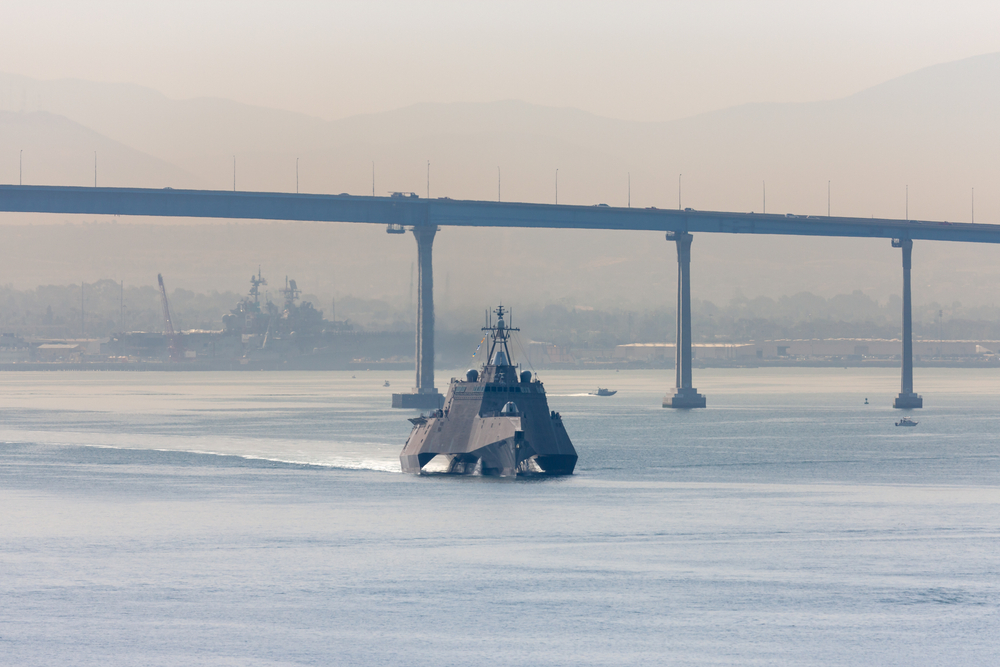
Just over a decade after its commissioning, the USS Independence (LCS-2) was decommissioned in 2021. Persistent technical issues and high maintenance costs plagued this Littoral Combat Ship. As the Navy faced budgetary constraints, focusing on more reliable and capable vessels became imperative.
USS Freedom
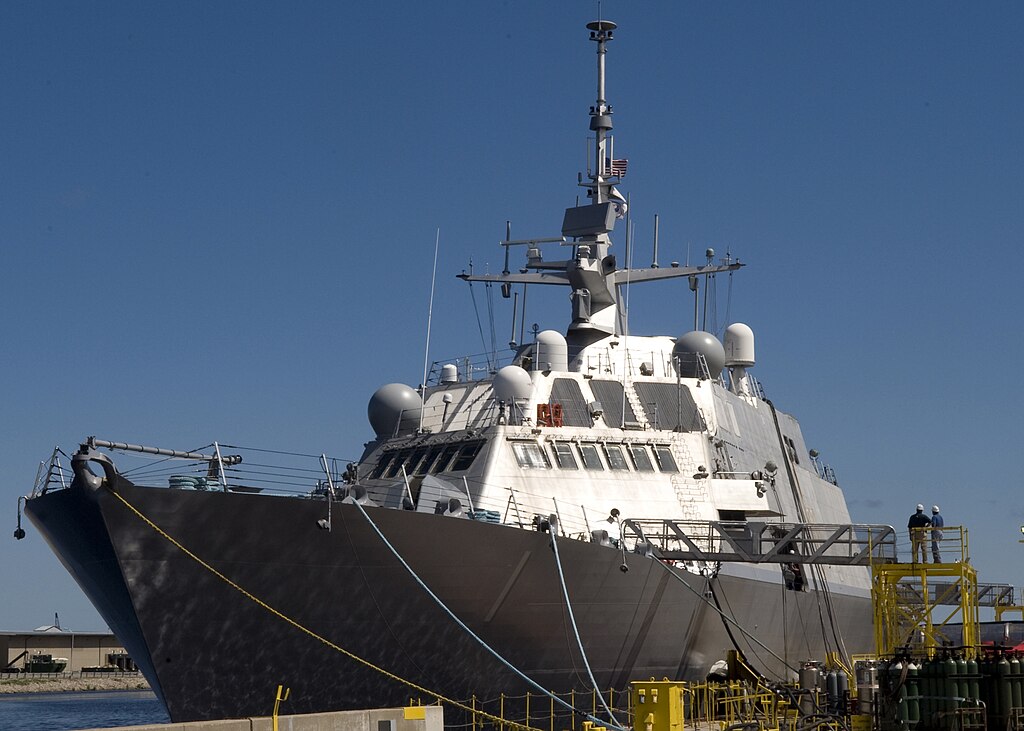
Similar to its sister ship, the USS Freedom (LCS-1) was also decommissioned in 2021 due to mechanical problems and rising upkeep costs. The Littoral Combat Ship program faced criticism for not delivering on its promised capabilities. Consequently, the Navy decided to allocate resources towards more dependable ships
USS Constellation
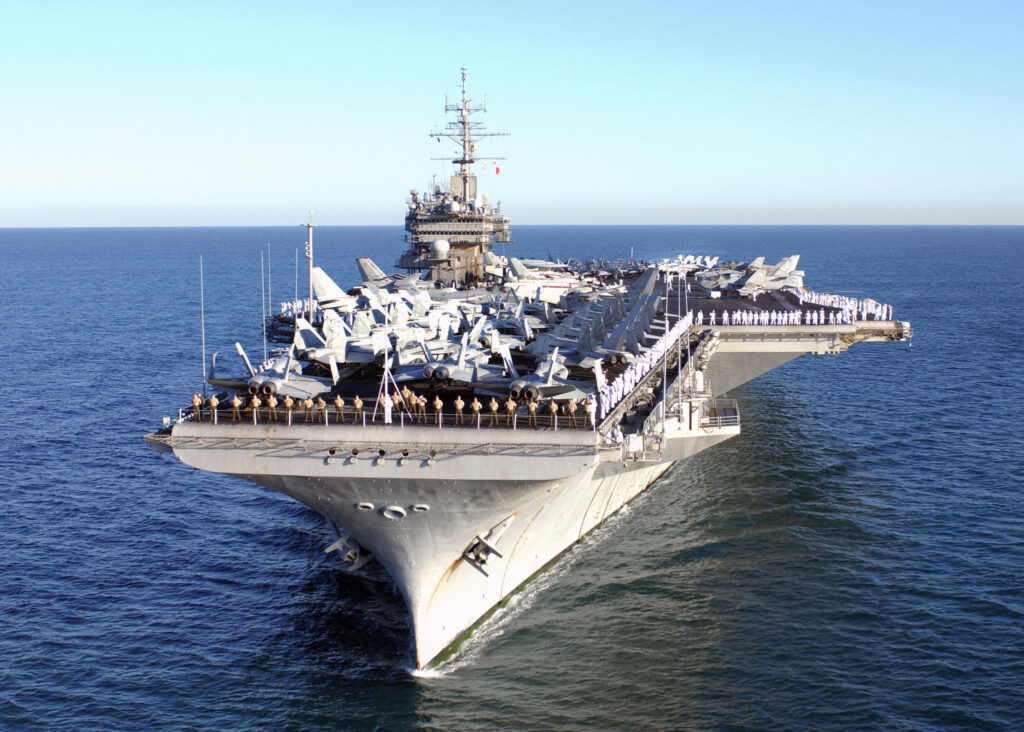
In 2003, the USS Constellation (CV-64) was decommissioned earlier than its projected service life. Budgetary constraints and the strategic transition to a nuclear-powered carrier fleet were primary factors. Maintaining older, conventionally powered carriers became increasingly costly and less viable.
HMS Hermes
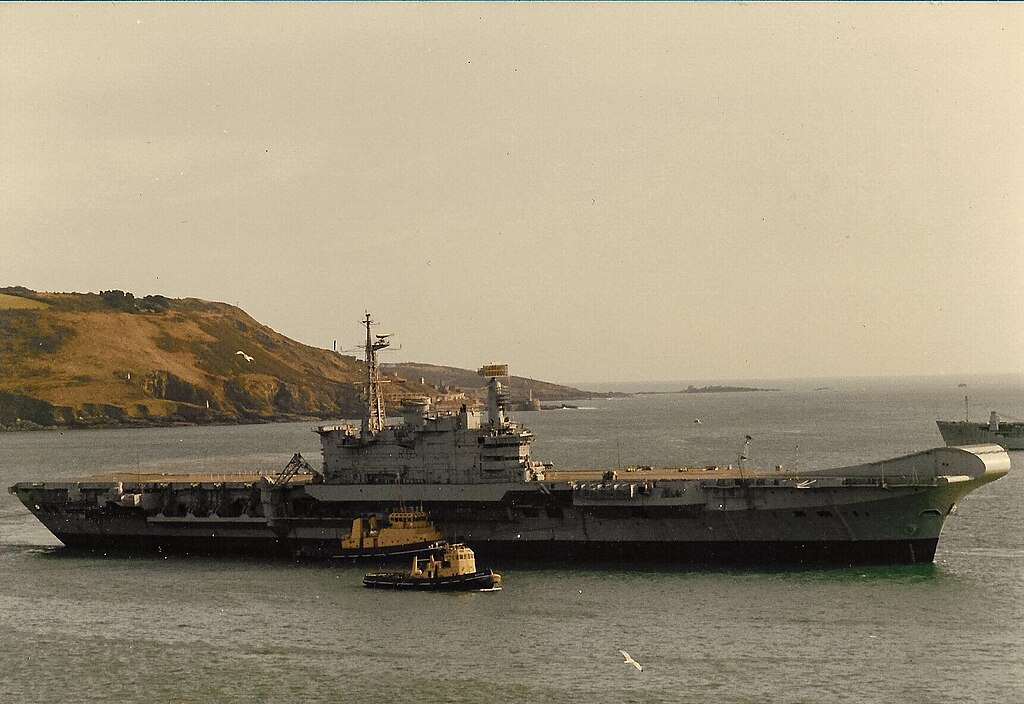
HMS Hermes (R12), a Royal Navy aircraft carrier, was retired in 1985, following its significant role in the Falklands War. The ship’s age and the high costs of necessary upgrades influenced this decision. Defense budget cuts and a strategic shift towards newer vessels also played a part.
HMS Illustrious
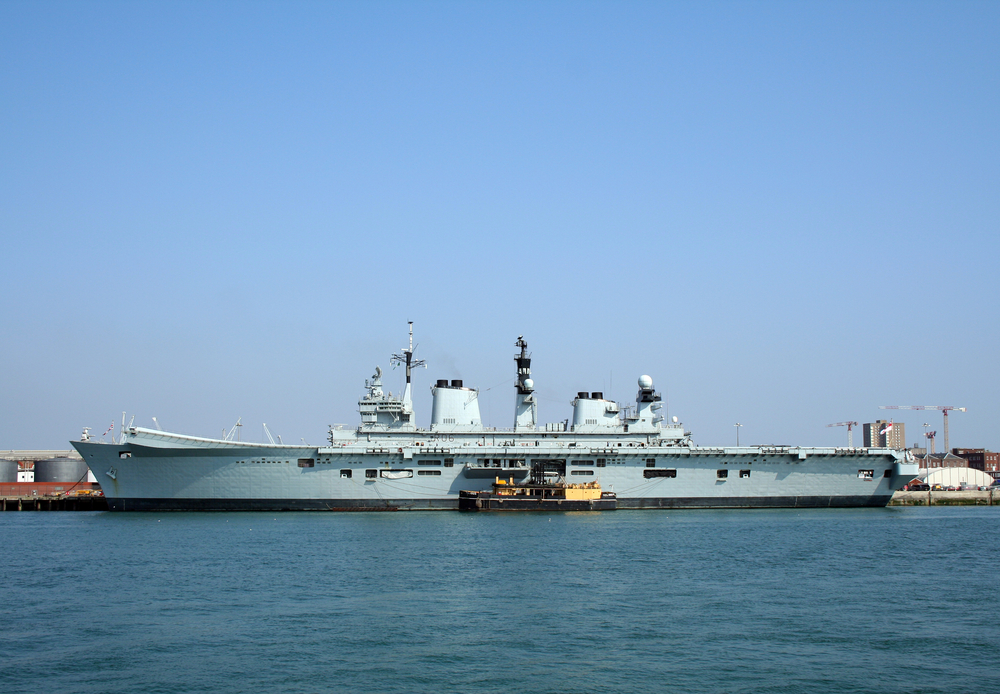
HMS Illustrious (R06), a light aircraft carrier of the Royal Navy, was decommissioned in 2014, earlier than its anticipated service life. Budgetary constraints and the introduction of the more advanced Queen Elizabeth-class carriers prompted this decision. The high costs associated with maintaining older carriers further justified the move.
USS Guardian
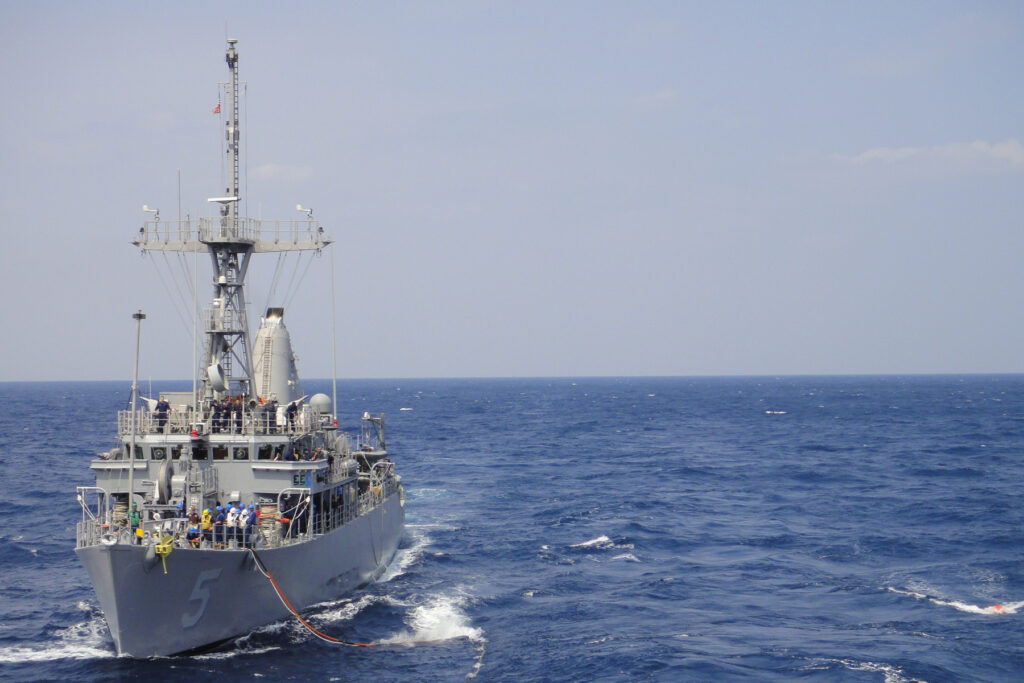
The USS Guardian (MCM-5), a mine countermeasures ship, faced early decommissioning in 2013 following a severe grounding incident. The extensive damage and high costs of repair made retirement the most viable option. The Guardian’s decommissioning highlighted the inherent risks and challenges of mine countermeasure operations.
HMS Daring

The Royal Navy destroyer HMS Daring (D32) was retired in 2022, earlier than planned, due to persistent mechanical issues. The ship’s propulsion system was notably problematic, leading to high maintenance costs. Budget constraints and the introduction of newer destroyers influenced the decision.
HMS Ocean
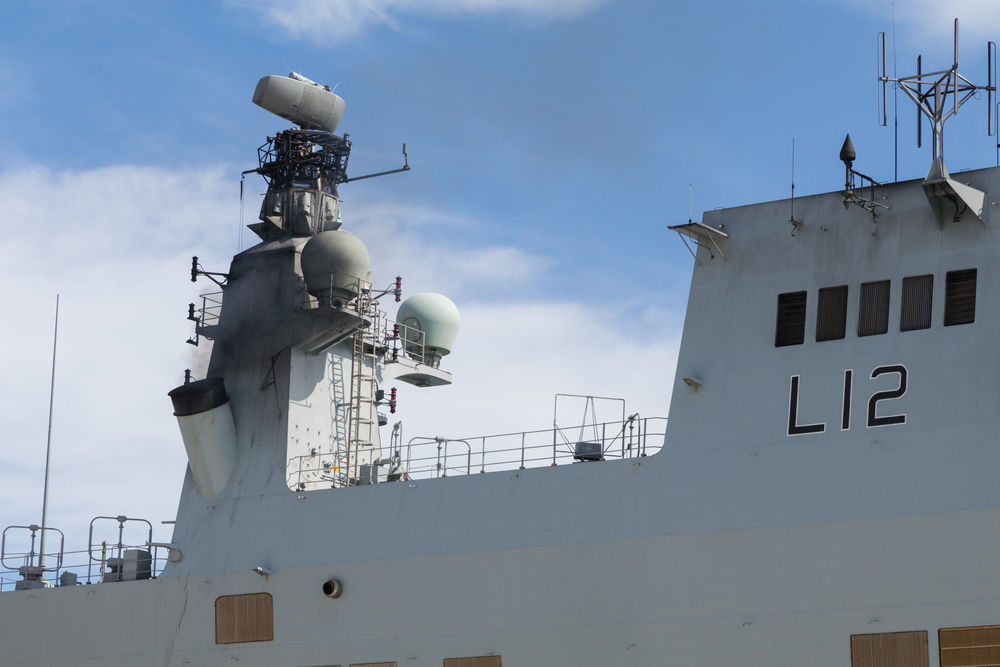
HMS Ocean (L12), an amphibious assault ship of the Royal Navy, was decommissioned in 2018, earlier than expected. Budget cuts and a strategic shift towards the more advanced Queen Elizabeth-class aircraft carriers prompted this decision. The high costs associated with maintaining and upgrading older ships further influenced the move.
This article originally appeared on MyCarMakesNoise.
More from MyCarMakesNoise
22 American Classic Cars That Stand the Test of Time

These icons of the road highlight America’s rich automotive heritage, blending power, style, and innovation in ways that continue to influence the industry and car culture today. Read More.
The 15 Most Unattractive Muscle Cars Ever Made

This article explores a selection of these distinctive vehicles, each notable for its unique style that might not resonate with traditional muscle car enthusiasts. Read More.
21 Iconic German Muscle Cars You Need to Know

These vehicles stand out for their exceptional performance, innovative design, and significant influence on the automotive landscape. Perfect for car enthusiasts and admirers of cutting-edge engineering, this showcase highlights the best in power, precision, and style. Read More.

